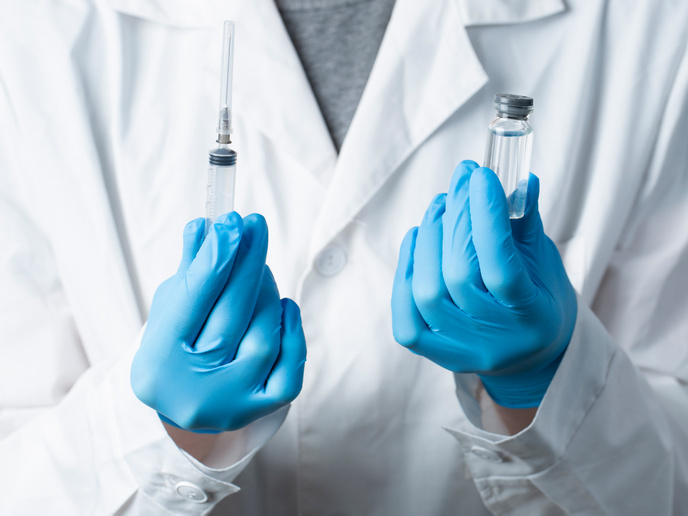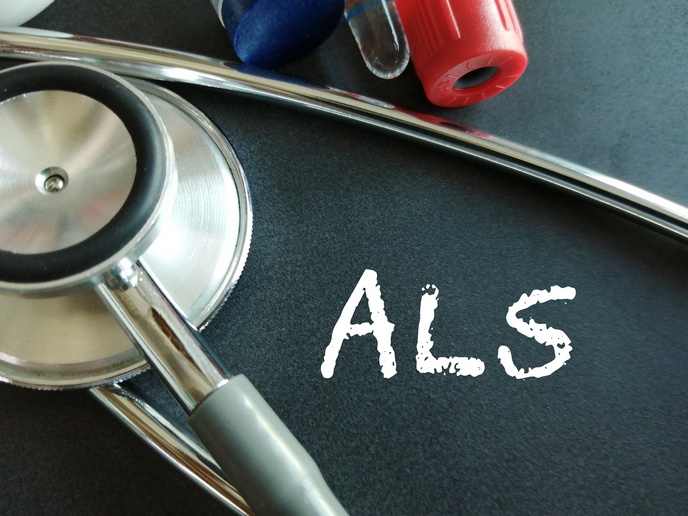Novel sensors to enhance food safety
As food production becomes more globalised and faces increasing demand, the prospect of chemical, biological and radiological agents that could find their way into the food chain increases. This could result in illness on a large scale, as well as economic and business losses. Such a challenge requires laboratory controls that are effective and rapid, something that involves large amounts of time and money. The EU-funded SNIFFER(opens in new window) (Sensory devices network for food supply chain security) project developed a system to address this challenge. It designed a portable sensor device that offers rapid detection, along with a decontamination cleaning procedure based on molecular imprinted polymer (MIP) technology. To achieve its aims, the project team developed high-tech fluorescent and colorimetric probes to detect toxins, enzymes, proteins and different contaminants, notably enhancing MIP technology. Another important part of the project involved compiling a database of dangerous toxins and pathogens that are associated with the food supply chain, particularly those that can harm large populations. The team also successfully designed the required network of sensors, enabling transmission of crucial data to a commend sensor and allowing users to modify sensor behaviour. Pathogens and toxins that the sensors were designed to detect include anthrax, listeria, salmonella, ammonium compounds, bacillus cereus, mercury and even explosive material. The innovative technology can also remove or neutralise certain toxins, adding important cost saving and safety benefits. SNIFFER conducted validation tests in dairy production to ascertain the robustness of the sensors. The tests proved the success of the system and paved the way to use the new technology in the meat and cereal industries as well. While further research and development may be required before it is commercialised, the technology has shown a high success rate and much promise for enhancing food safety.







